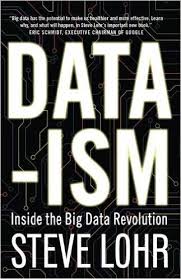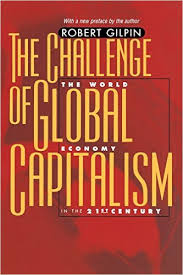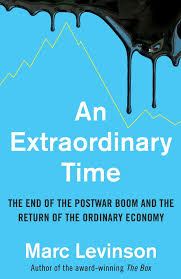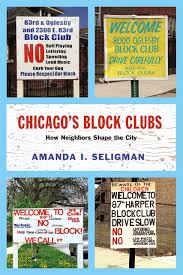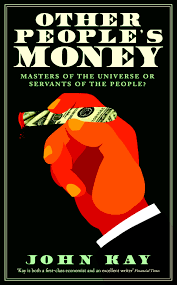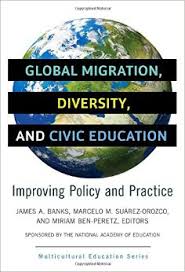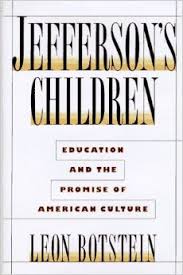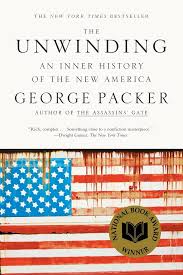Some changes are irreversible.
When I entered my local public New Jersey high school, expectations for science learning were high: earth science freshman year, biology in the sophomore year, chemistry as a junior, and physics your senior year. Everyone in my cohort took those subjects in that sequence. I am sure that some kids questioned it, some kids dropped it, and some were never placed into it. Not me. For science, at least, I went where I was told.
A teacher gave us the outline when we were in junior school. I looked forward to physics, biology and chemistry. Earth science, though, did not excite me. It sounded a bit fake. I had no idea what it was. Today, I think about it and its lessons often.
Our earth science teacher was Mr. Caprio, a pleasant, non-intimidating man who seemed old to me. He was not, but when you are fourteen, everyone seemed old. He had a gentle manner. The word around school was that he was “nice.” In my high school, that was faint praise. Mr. Caprio was methodical and patient. I decided that he was OK.
We read about the formation of the earth. Geology figured prominently in the fall semester and we handled samples of igneous, metamorphic and sedimentary rocks. We had sections on earthquakes and even a bit on plate tectonics, which was cutting edge back in the day. We identified types of clouds and learned about the atmosphere, which also meant sections on the oceans and currents. It was a good class. I can’t say that it made me excited, but it was solid.
A little more than half way through the year, when working on climate, things changed.
Mr. Caprio had spent years in Alaska. It might have been research – I don’t remember – but he was passionate about the Arctic. The first day he showed us slides from his time in northern Alaska, his voice was different – and that I remember distinctly. He brought passion and immediacy to the lecture. We saw images of him in a Snow Cat (this was before The Shining), pictures of glaciers and icebergs, and of endless horizons of snow and ice. Mr. Caprio had traveled to Alaska regularly. The place, its people and nature, mattered to him – and this came through the lecture. He showed slides of the areas he had traveled and where he lived, clicking through the carousel.
A series of slides, taken over the years of the same area, stood out. They were tracks of a Snow Cat carved in the permafrost. Not exciting. Simply two lines of dark moving away from the viewer on a flat terrain. Mr. Caprio explained that when the vehicle traveled over the permafrost, the frozen cover would be broken. The grooves become deeper and deeper over time. The permafrost was broken. There was no “fixing” it. The tracks were indelible and had spread over the years.
Mr. Caprio emphasized the fragility of the permafrost and told us that human action in the Arctic had real consequences, things that could not be changed. He forecast problems for the future.
Mr. Caprio did not preach any idealized conservation. He did not portray the Arctic as romantic or glamorous. His method was rational. Actions have consequences. He stressed that figuring out science was one problem and that figuring out human behavior was a different problem. The science of the permafrost presented one set of issues. The science of how and why people did what they did – like driving around in the Arctic – was a different set of issues. He could not tell people what to do or not to do in Alaska. What he could do is make certain that we understood the impact of what they did.
Thank you, Mr. Caprio, for the lesson. You taught a good class. You were right then and right today.
David Potash

